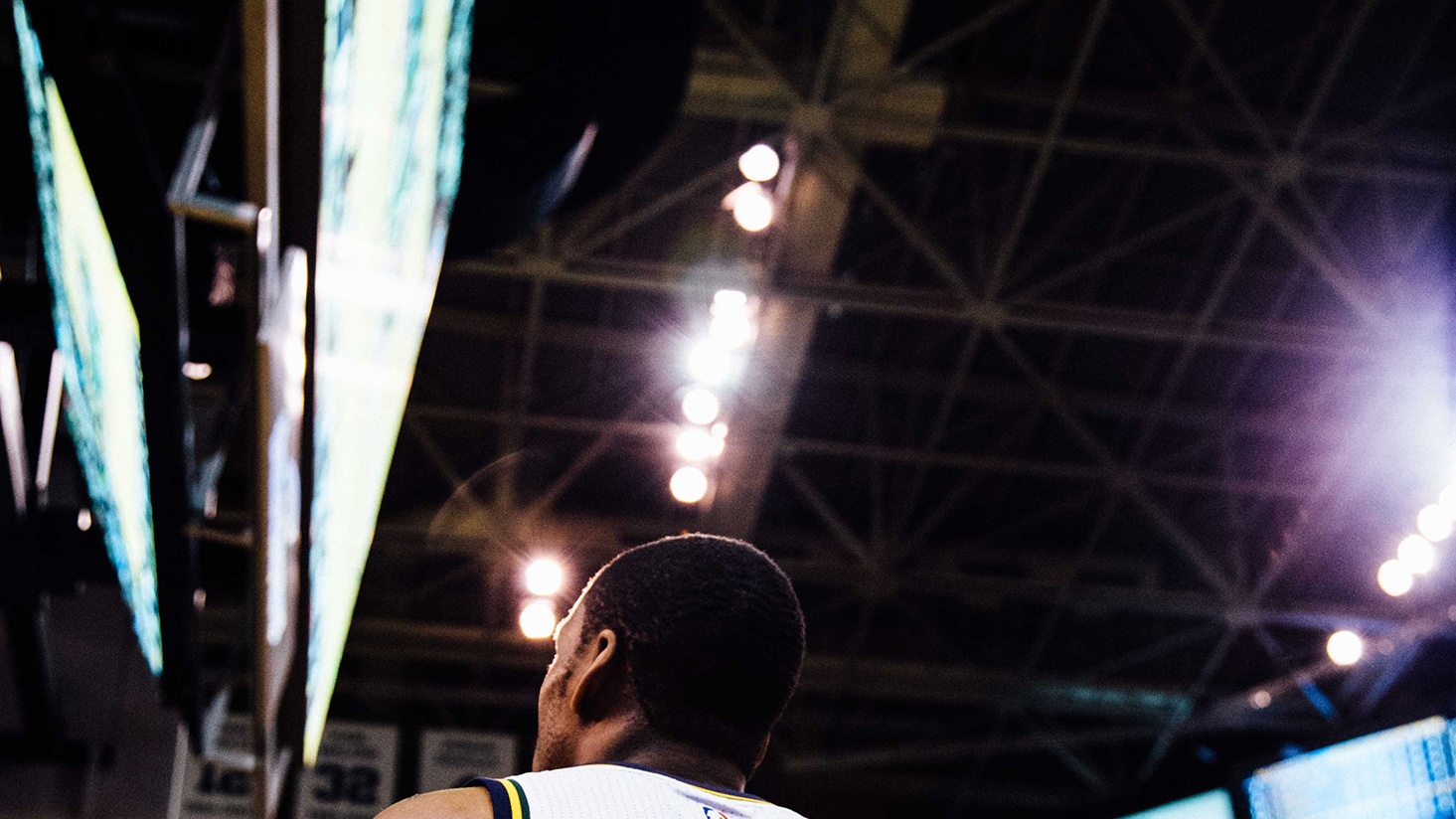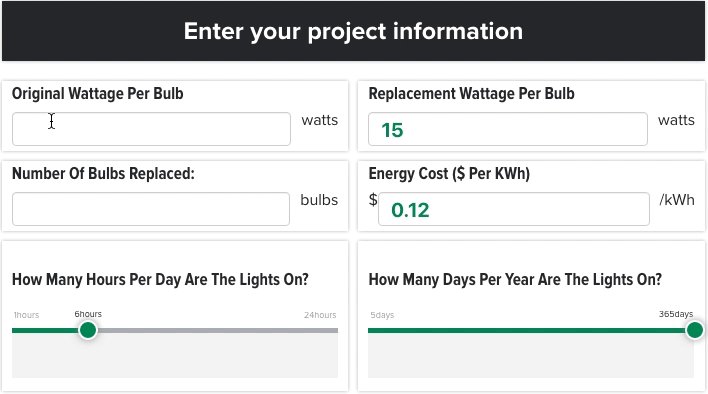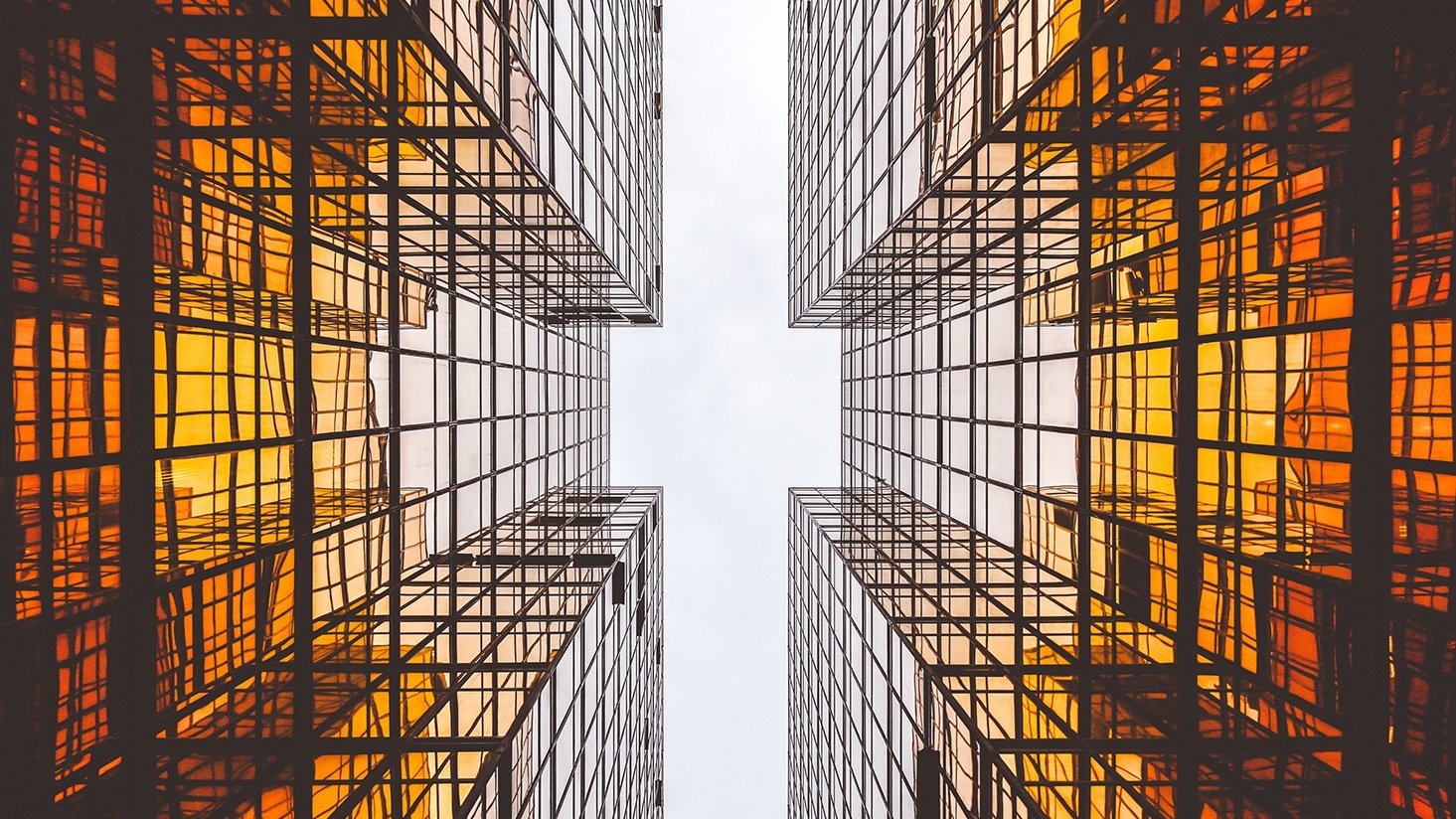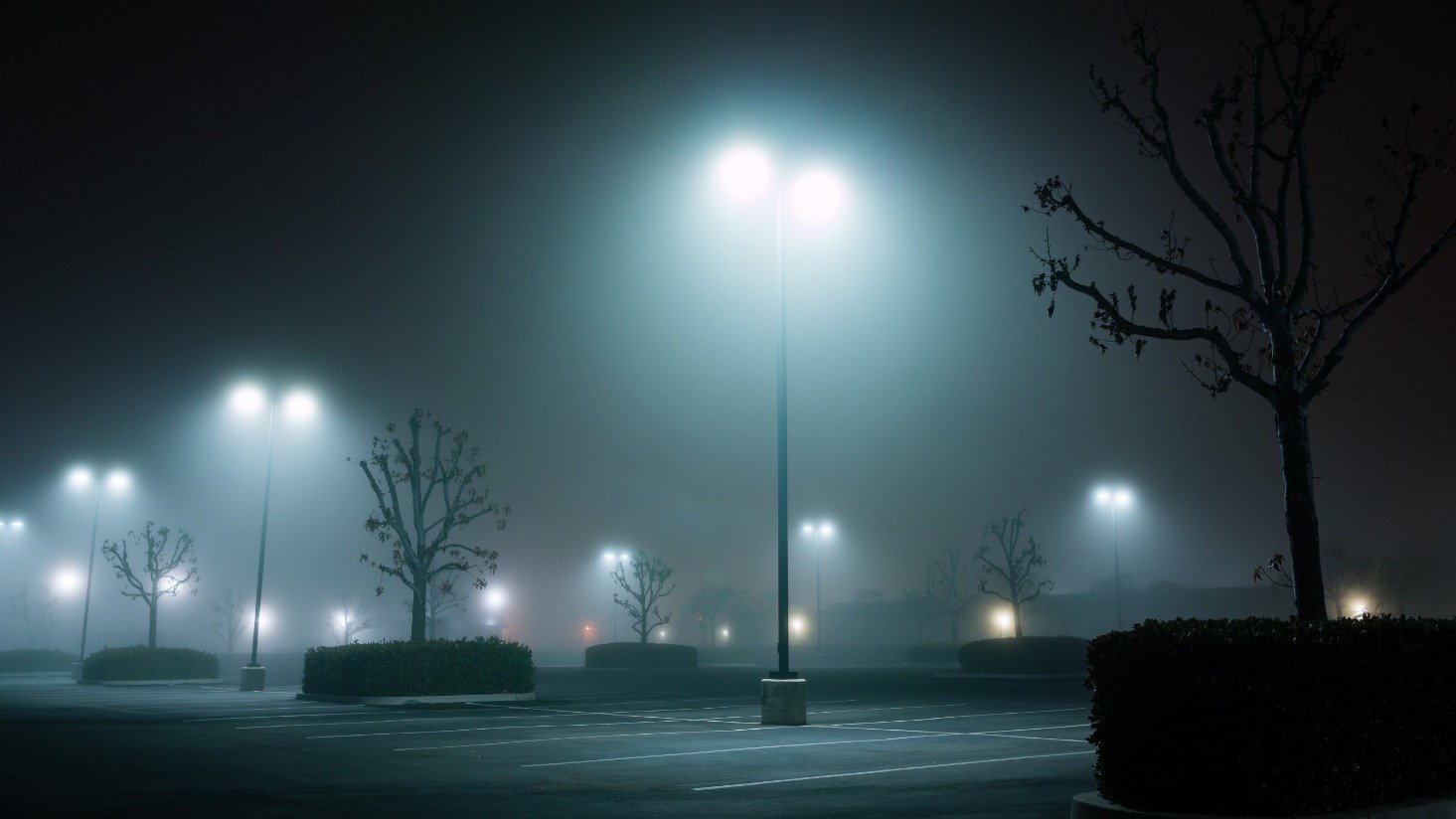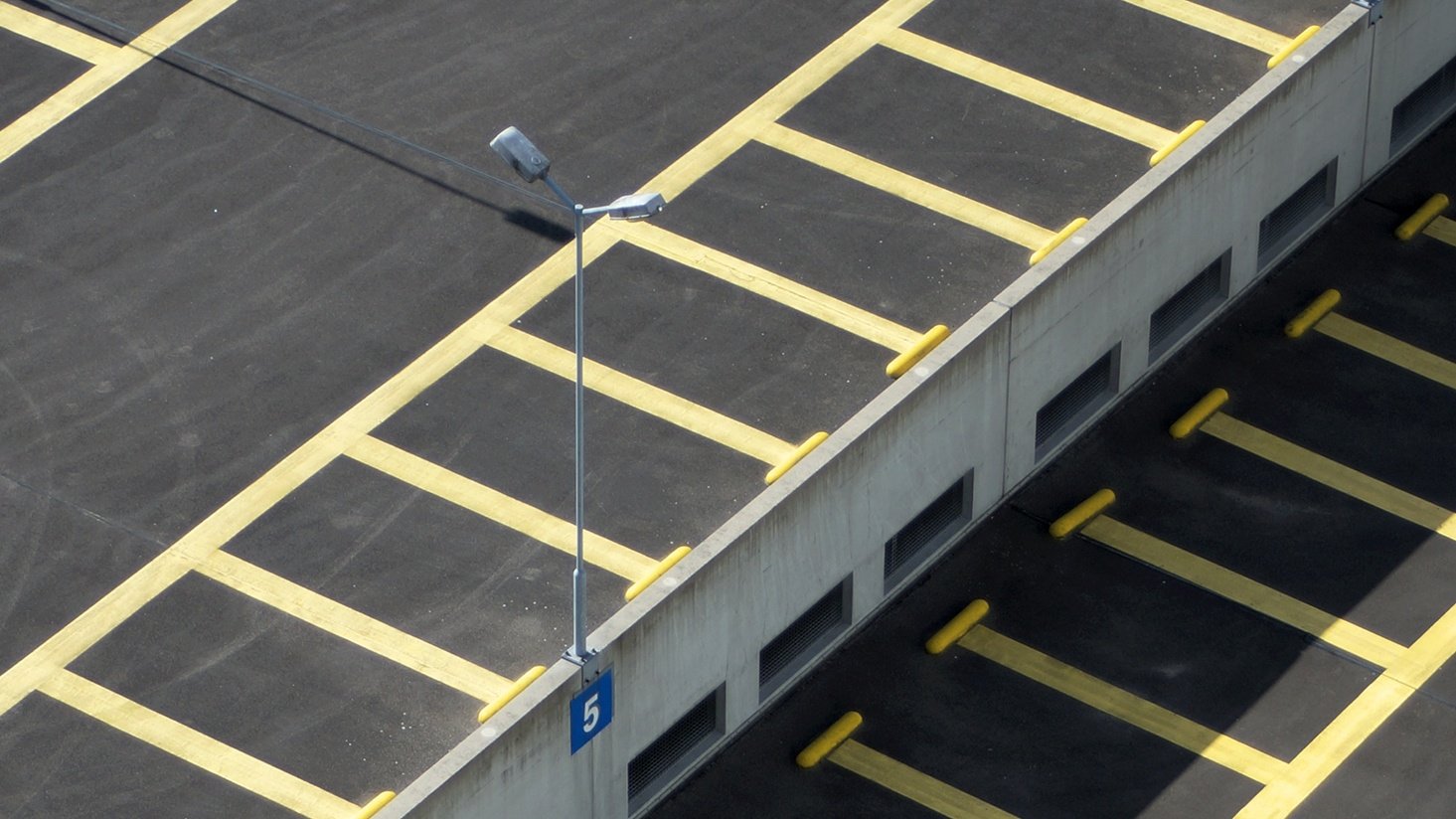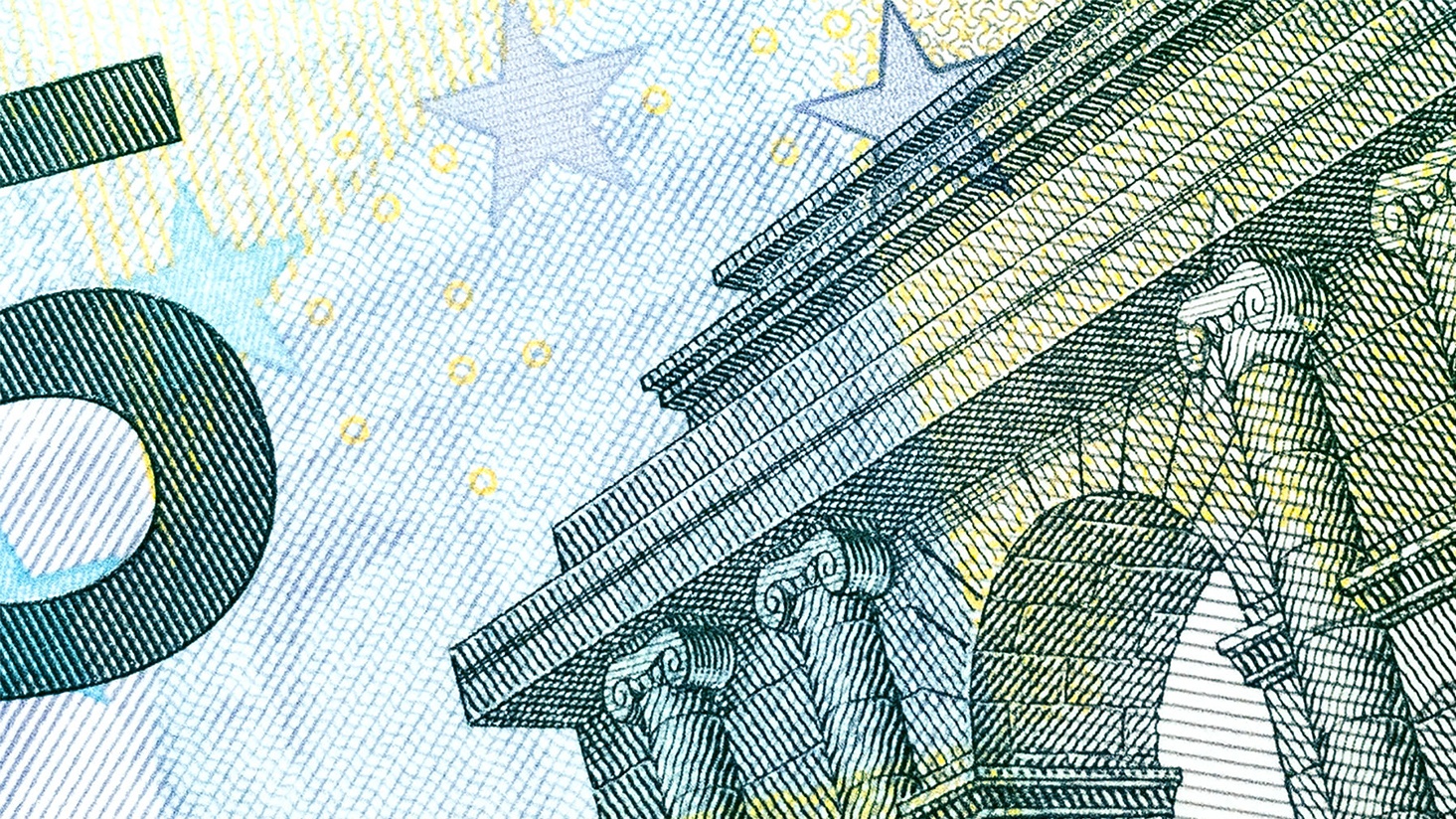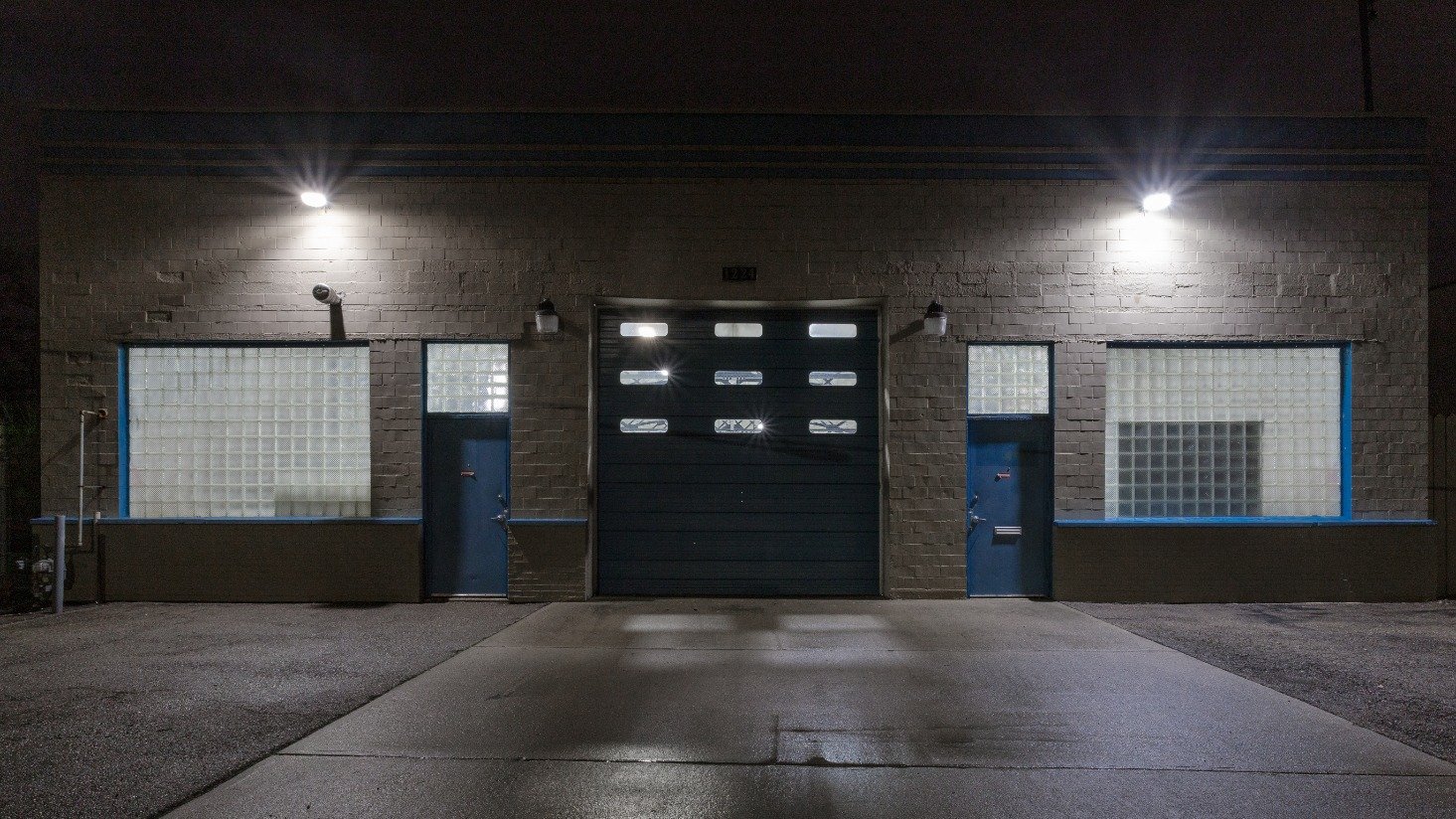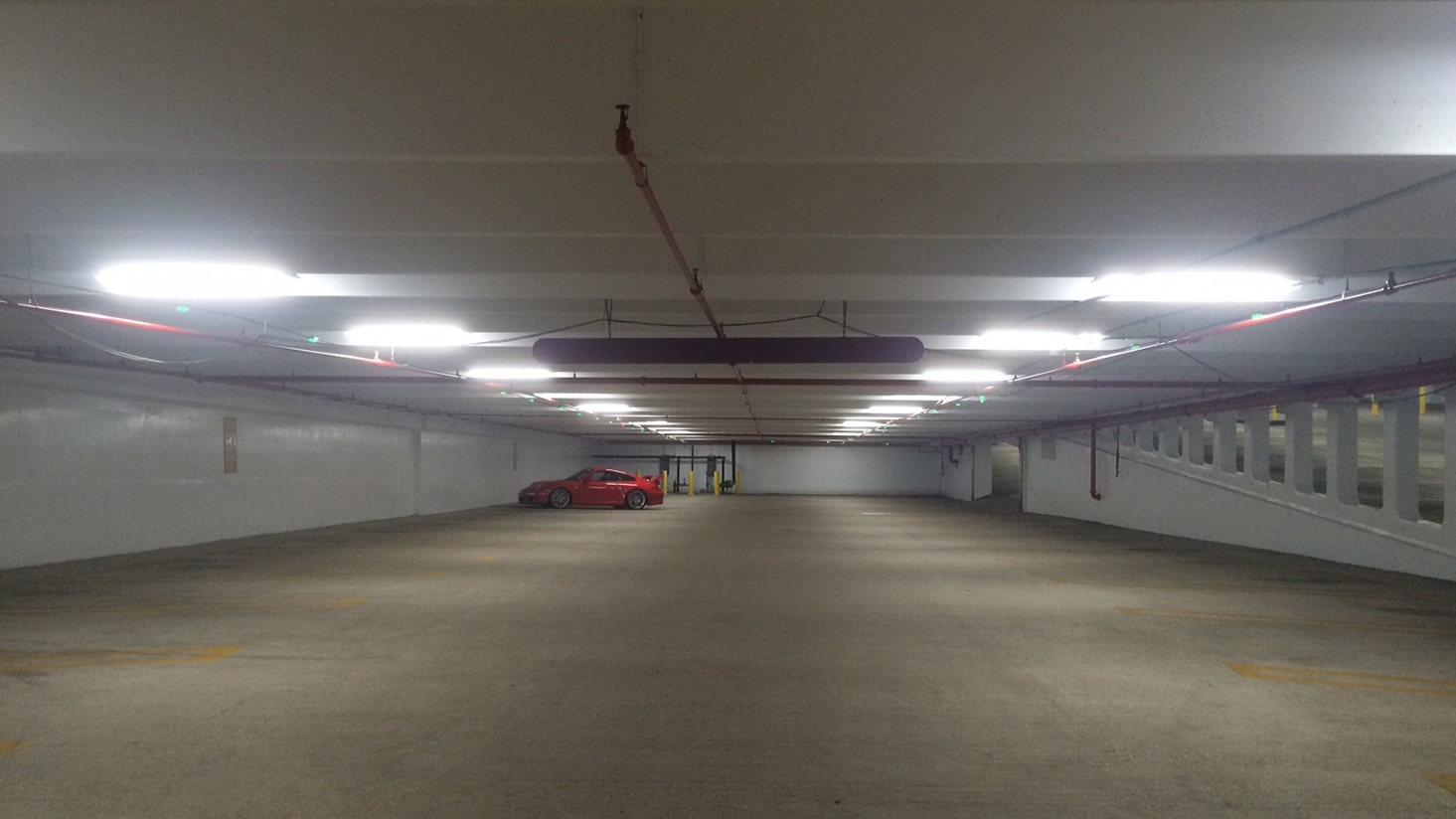Three reasons sports and entertainment venues are going LED
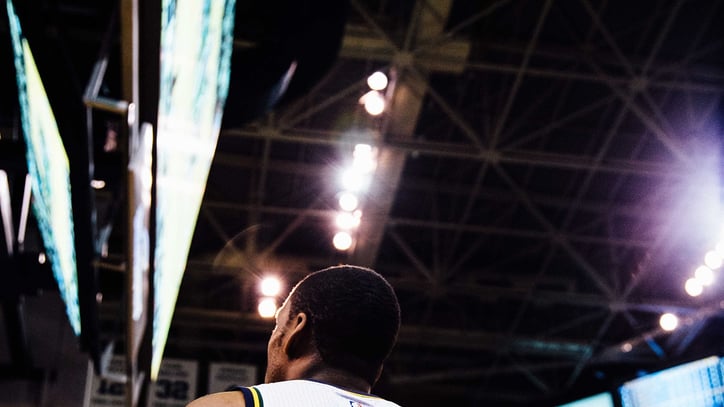
Last year, we helped the Staples Center in Los Angeles retrofit to LED lighting. Between that venue and the adjacent Microsoft Theater, the property manager retrofitted over 100 fixtures to LED, bringing the cost of energy down to 25 percent of what the venues used to pay, when they were using metal halide fixtures. Check out our case study here.
But their decision had more to do with maintenance than energy, which can be extremely difficult in hard-to-reach areas.
That brings us to our first reason why venues like the Staples Center and the Microsoft Theater are rapidly retrofitting to LED:
1. Reduced lighting maintenance costs and headaches
Have you ever changed out the lighting fixtures in the rafters of an arena? Neither have I, but I've heard it's not easy. Sounds pretty plausible, right?
I've also heard it's not cheap. You've got to bring in special lifts that won't damage the expensive hardwood courts or turf. Changing out the fixtures is time-consuming, driving up labor costs. And I'm guessing you need more specialized labor than what the average Joe can provide, so that adds to the bill (and headache tally).
The longer life ratings on LEDs help to limit the number of times an arena or stadium would need to bring in a lift and send someone 50 or 100 feet in the air to change out expensive fixtures.
2. Instant warm-up time with high-output LEDs
Remember Super Bowl XLVII a few years back? Even if you're not a football fan, you probably do.
There was a power outage at the Superdome in New Orleans, generators failed, and then there was darkness. With an estimated 108.4 million people watching, the broadcast got pretty awkward. Sound cut out in the booth and a phantom sideline reporter picked things up, updating viewers from the shadows as best he could, though you couldn't even see him, due to the lack of lighting.
It wasn't too long before CBS got their technical difficulties sorted out, but the lights were a different story.
Most stadiums are conventionally lit by the same lights the Superdome used – sodium HIDs, which can take a lifetime to gain full luminosity, especially when 108 million people are waiting in suspense. And though power was restored to the Superdome within 10 minutes of the outage, the most important football game of the year was ultimately delayed by 34 minutes, thanks to the snail-like pace of HID warm-up time.
Now, LED won't solve the power issues New Orleans faced that day, but it would have trimmed the overall delay by as much as 25 minutes, simply because there's virtually no warm-up time for LED fixtures and lamps to reach full illuminance.
3. Trim energy spend and manage capacity
Playing host to the Super Bowl probably requires quite a bit of energy. The same goes for big concerts, Sunday football games, and just about any event an arena or stadium would host.
Although the upfront capital expenditure on a lot LED lighting systems can occasionally run pretty high, payback might come through pretty quick in a lot of high-energy-cost areas.
If a large venue were to engage its local utility provider early on in a retrofit project, showing the reduced demand anticipated from a change to lower-wattage lighting, custom rebates would likely be in play, too.
